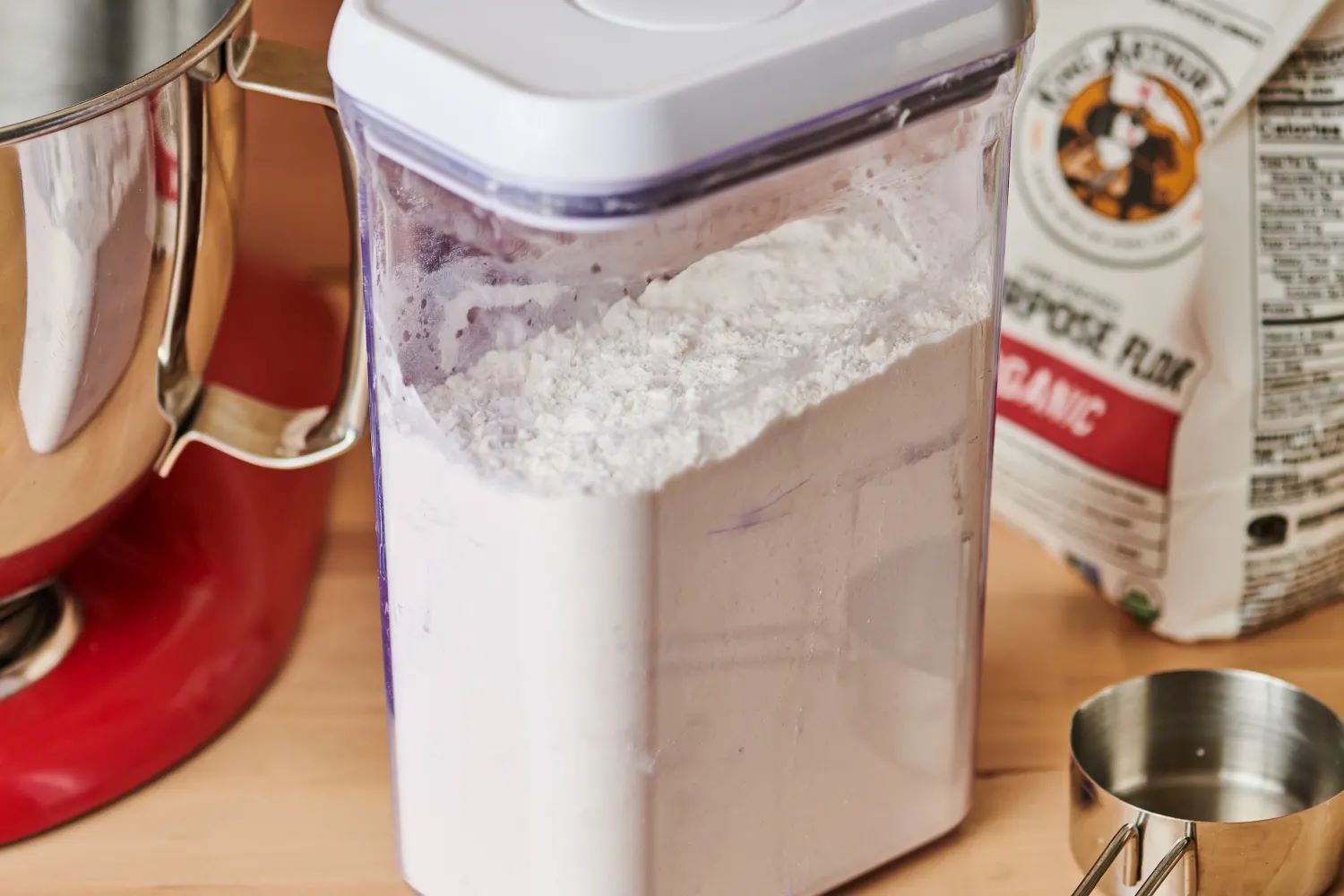

Articles
How To Store All-Purpose Flour
Modified: April 23, 2024
Looking for tips on how to store all-purpose flour? Check out our informative articles for expert advice and proper storage techniques.
(Many of the links in this article redirect to a specific reviewed product. Your purchase of these products through affiliate links helps to generate commission for Storables.com, at no extra cost. Learn more)
Introduction
All-purpose flour is a staple ingredient in countless recipes, from bread and cakes to cookies and pies. But if you don’t use it all at once, you need to store it properly to ensure its freshness and quality. Storing all-purpose flour correctly is essential for maintaining its flavor, texture, and nutritional value over time. In this article, we will guide you through the process of storing all-purpose flour to keep it fresh and usable for an extended period.
Choosing the right container, whether it’s a pantry or a fridge, will make a significant difference in how well your flour stays fresh. Additionally, understanding the proper storage conditions and techniques can help you avoid common issues like moisture absorption, pests, or flour spoilage.
In the following sections, we will explore the steps you can take to store all-purpose flour effectively. We will provide you with tips and guidelines for selecting the right storage container, maintaining freshness, and using alternative storage methods like refrigeration or freezing. With these insights, you can prolong the shelf life of your all-purpose flour and ensure that it remains ready for your culinary adventures.
Key Takeaways:
- Properly storing all-purpose flour is crucial for maintaining its freshness and quality. Choose airtight containers, avoid moisture, and regularly inspect for pests to ensure your flour remains ready for all your culinary adventures.
- Refrigerating or freezing all-purpose flour can extend its shelf life, especially in warmer climates. Use airtight containers, control temperature, and thaw properly to enjoy fresh and high-quality flour for your baking needs.
Read also: 15 Best All Purpose Fertilizer for 2024
Choosing the Right Container
When it comes to storing all-purpose flour, selecting the right container is crucial. The container you choose should protect the flour from external elements like air, moisture, and pests. It should also be sturdy enough to prevent the flour from being crushed or damaged. Here are a few options you can consider:
- Airtight Containers: Opt for airtight containers made of glass or food-grade plastic. These containers have tight seals that keep air and moisture out, ensuring the freshness of the flour. Look for containers with secure lids or silicone gaskets for maximum effectiveness.
- Mason Jars: Mason jars are a popular choice for storing all-purpose flour. They are durable, BPA-free, and provide a tight seal. They also add a rustic touch to your pantry shelves.
- Plastic Bags: If you’re looking for a cost-effective option, you can use heavy-duty resealable plastic bags. Make sure to squeeze out as much air as possible before sealing the bag.
- Food-Grade Storage Bins: For larger quantities of flour, consider using food-grade storage bins. These containers are stackable and typically come with airtight lids, making them ideal for storing bulk flour.
When selecting a container, ensure that it is clean and dry before transferring the flour into it. Any residual moisture or contaminants could compromise the quality of the flour and reduce its shelf life. Additionally, labeling the container with the storage date can help you keep track of the flour’s freshness.
Remember, the goal is to keep the flour protected from air and moisture, so choose a container that meets these criteria. With a suitable container, you can prolong the shelf life of your all-purpose flour and enjoy its freshness in your baked goods for a more extended period.
Keeping Flour Fresh
To maintain the freshness of your all-purpose flour, there are a few key considerations to keep in mind. These steps will help prevent moisture absorption, discourage pests, and preserve the flavor and quality of your flour over time:
- Avoid Moisture: Moisture is the enemy of flour as it can cause clumping and spoilage. Store your flour in a dry environment away from sources of moisture, such as sinks, dishwashers, or humid areas in your kitchen. Make sure the container you use has a tight seal to keep out any potential moisture.
- Protect from Heat: Flour is sensitive to heat, which can lead to spoilage and loss of quality. Keep your flour away from direct sunlight and areas with high temperatures, such as near ovens or stovetops. Choose a cool and dry location for storage, such as a pantry or cupboard.
- Avoid Cross-Contamination: It’s essential to store your all-purpose flour separately from other pantry items to prevent cross-contamination. Flour can easily absorb odors and flavors from other ingredients, affecting its taste and quality. Keep flour in a dedicated container to maintain its integrity.
- Check for Pests: Pests like pantry moths or weevils can find their way into your flour if not stored properly. Before transferring your flour to a new container, inspect it for signs of infestation, such as small beetles or webbing. It’s best to freeze flour for a few days before storing it in airtight containers to kill any potential pests and their eggs.
By following these simple guidelines, you can ensure that your all-purpose flour stays fresh and free from spoilage. Regularly check the container for any signs of moisture, pests, or staleness, and discard any flour that appears suspicious. This will help you maintain the quality of your ingredients and ultimately produce delicious baked goods.
Storing in a Pantry or Cabinet
A pantry or kitchen cabinet is a popular choice for storing all-purpose flour. It provides a convenient and easily accessible location for your baking essentials. Here are some essential tips to consider when storing all-purpose flour in a pantry or cabinet:
- Temperature Control: Ensure that the pantry or cabinet maintains a cool and consistent temperature. Fluctuating temperatures can cause condensation and affect the quality of the flour. The ideal temperature range for storing all-purpose flour is between 50°F and 70°F (10°C and 21°C).
- Dark Environment: Exposure to light can cause flour to deteriorate and lose its nutritional value over time. Choose a pantry or cabinet that is away from direct sunlight, or use opaque containers to protect the flour from light.
- Organize and Rotate: Keep your pantry or cabinet organized to easily access your all-purpose flour. Store the new bags or containers at the back and use the older ones first. Proper rotation ensures that you use the oldest flour first and prevents any potential waste.
- Airtight Containers: As mentioned earlier, use airtight containers to store your flour in a pantry or cabinet. These containers will keep out air, moisture, and pests, preserving the freshness and quality of your flour.
It’s important to note that the shelf life of all-purpose flour stored in a pantry or cabinet can range from 6 to 12 months. However, factors such as temperature, moisture, and storage conditions can influence its freshness. Regularly check the flour for any signs of spoilage, such as off smells, discoloration, or clumping. If you notice any of these signs, it’s best to discard the flour to avoid compromising the taste and texture of your baked goods.
By following these guidelines and properly storing your all-purpose flour in a pantry or cabinet, you can ensure that it stays fresh and ready for your baking adventures.
Store all-purpose flour in an airtight container in a cool, dark place, away from moisture and heat. This will help to maintain its freshness and prevent it from spoiling.
Refrigerating All Purpose Flour
While storing all-purpose flour in a pantry or cabinet is common, refrigeration can also be an effective method to prolong its shelf life. Refrigerating flour can help maintain its freshness and prevent the growth of pests. Here are some key points to consider when refrigerating all-purpose flour:
- Transfer to Airtight Containers: When refrigerating all-purpose flour, it’s crucial to transfer it to airtight containers to avoid moisture absorption and odors from other foods in the refrigerator. Mason jars or airtight plastic containers work well for this purpose. Make sure the containers are clean and dry before filling them with flour.
- Control Temperature: Set your refrigerator to a stable temperature between 40°F and 50°F (4°C and 10°C) to keep the flour fresh. Fluctuating temperatures can affect the texture and quality of the flour. Avoid placing the flour near the fridge walls or areas where it could be exposed to cold air drafts.
- Prevent Condensation: Condensation can occur when you remove the flour from the refrigerator and expose it to warmer air. To prevent moisture buildup, allow the flour to come to room temperature before opening the container. This will help avoid clumping and preserve the flour’s texture.
- Maximize Shelf Life: When properly refrigerated, all-purpose flour can have a shelf life of up to one year. However, it’s important to regularly check the flour for any signs of spoilage, such as off smells, discoloration, or mold. If you notice any of these signs, discard the flour to prevent any negative impact on your baked goods.
Refrigerating all-purpose flour can be especially beneficial in warmer climates or during the summer months when the ambient temperature is higher. It can help extend the flour’s freshness and maintain its quality for a longer period.
Remember, if you choose to refrigerate your all-purpose flour, be mindful of the container’s airtightness, control the temperature, and monitor the flour for any signs of spoilage. By adopting these practices, you can enjoy fresh and high-quality flour for your baking needs.
Read more: How To Store Flour
Freezing All Purpose Flour
Freezing all-purpose flour is a great option if you want to extend its shelf life even further. When stored properly, frozen flour can maintain its quality for up to two years. Freezing flour can also help kill any potential pests or eggs that might be present. Follow these steps to freeze all-purpose flour:
- Transfer to Freezer-Proof Containers: Before freezing, transfer the all-purpose flour to freezer-proof containers or resealable bags. Make sure to remove any excess air from the bags to prevent moisture buildup.
- Label and Date: Clearly label the containers or bags with the date of freezing to keep track of their age. This will help you use the flour in a timely manner and ensure its freshness.
- Control Temperature: Set your freezer to a temperature of 0°F (-18°C) or colder. Consistently cold temperatures are essential to maintain the quality of the frozen flour.
- Prevent Odors: Store the frozen flour away from strong-smelling foods to avoid any cross-contamination. Ideally, keep the flour in a separate section or away from items with odors that could be absorbed.
- Thaw Properly: When you’re ready to use the frozen flour, thaw it gradually in the refrigerator. This will help prevent moisture accumulation and maintain the flour’s texture. Avoid thawing flour at room temperature or in the microwave, as these methods can introduce moisture and affect the quality of the flour.
It’s important to note that freezing all-purpose flour may cause slight changes in its texture or performance. However, these changes are minimal and generally do not significantly impact the final results of your baked goods.
Remember to check the frozen flour for any signs of spoilage before using it in recipes. If you notice any unusual smells, discoloration, or signs of mold, it’s best to discard the flour to prevent any negative effects on your baking.
By following these guidelines, you can safely freeze all-purpose flour and have a readily available supply for your baking needs over an extended period of time.
Tips for Maintaining Flour Quality
Properly storing all-purpose flour is essential for maintaining its quality and ensuring it remains fresh for an extended period. Here are some additional tips to help you maintain the optimal quality of your flour:
- Measure Flour Correctly: When using flour in recipes, make sure to measure it correctly. Use a kitchen scale or a measuring cup specifically designed for dry ingredients to ensure accuracy. Adding too much or too little flour can affect the texture and consistency of your baked goods.
- Sift Flour: Sifting flour before using it helps remove any lumps or foreign particles. It also aerates the flour, resulting in lighter and fluffier baked goods.
- Store in Small Batches: Consider storing all-purpose flour in smaller quantities to minimize the risk of the entire supply being exposed to air and moisture every time you open the container. This can help maintain the freshness of the remaining flour.
- Use Desiccant Packs: Place desiccant packs, like silica gel packets, in the storage container to absorb any moisture and keep the flour dry. This can help prevent clumping and extend the shelf life of the flour.
- Check Storage Conditions Regularly: Periodically inspect the storage container for any signs of moisture, pests, or spoilage. If you notice any issues, take appropriate action to rectify the problem or discard the flour if necessary.
- Rotate Stock: If you regularly use all-purpose flour, rotate your stock to ensure that the oldest flour is used first. This helps maintain the freshness of your ingredients and minimizes waste.
- Keep Flour Sealed: After using flour, make sure to seal the storage container tightly to prevent air and moisture from entering. This will help maintain the quality of your flour between uses.
Following these tips will help ensure that your all-purpose flour remains fresh, flavorful, and usable for a longer period. Consistently monitoring the storage conditions and taking necessary steps to maintain the quality of the flour will contribute to the success of your culinary endeavors.
Conclusion
Properly storing all-purpose flour is essential for preserving its freshness, flavor, and quality. Whether you choose to store it in a pantry or cabinet, refrigerate it, or freeze it, following the right techniques will ensure that your flour stays in optimal condition for an extended period of time.
Choosing the right container, such as airtight jars or plastic bags, is the first step in effective storage. Keeping all-purpose flour away from moisture, heat, and contaminants is crucial for maintaining its quality. Regularly inspecting the storage conditions and rotating your stock will help you identify any issues early on and prevent spoilage.
Refrigerating all-purpose flour can be beneficial in warmer climates, while freezing it can extend its shelf life even further. When freezing flour, using freezer-proof containers and labeling them with the date will help you keep track of the flour’s freshness.
Remember to measure flour correctly, sift it if necessary, and use desiccant packs to maintain its quality. Regularly check the storage conditions, seal the container tightly, and rotate your stock to ensure you’re using the oldest flour first.
By following these tips and guidelines, you can enjoy high-quality all-purpose flour for your baking needs, ensuring that your recipes turn out delicious and consistent time after time.
Frequently Asked Questions about How To Store All-Purpose Flour
Was this page helpful?
At Storables.com, we guarantee accurate and reliable information. Our content, validated by Expert Board Contributors, is crafted following stringent Editorial Policies. We're committed to providing you with well-researched, expert-backed insights for all your informational needs.
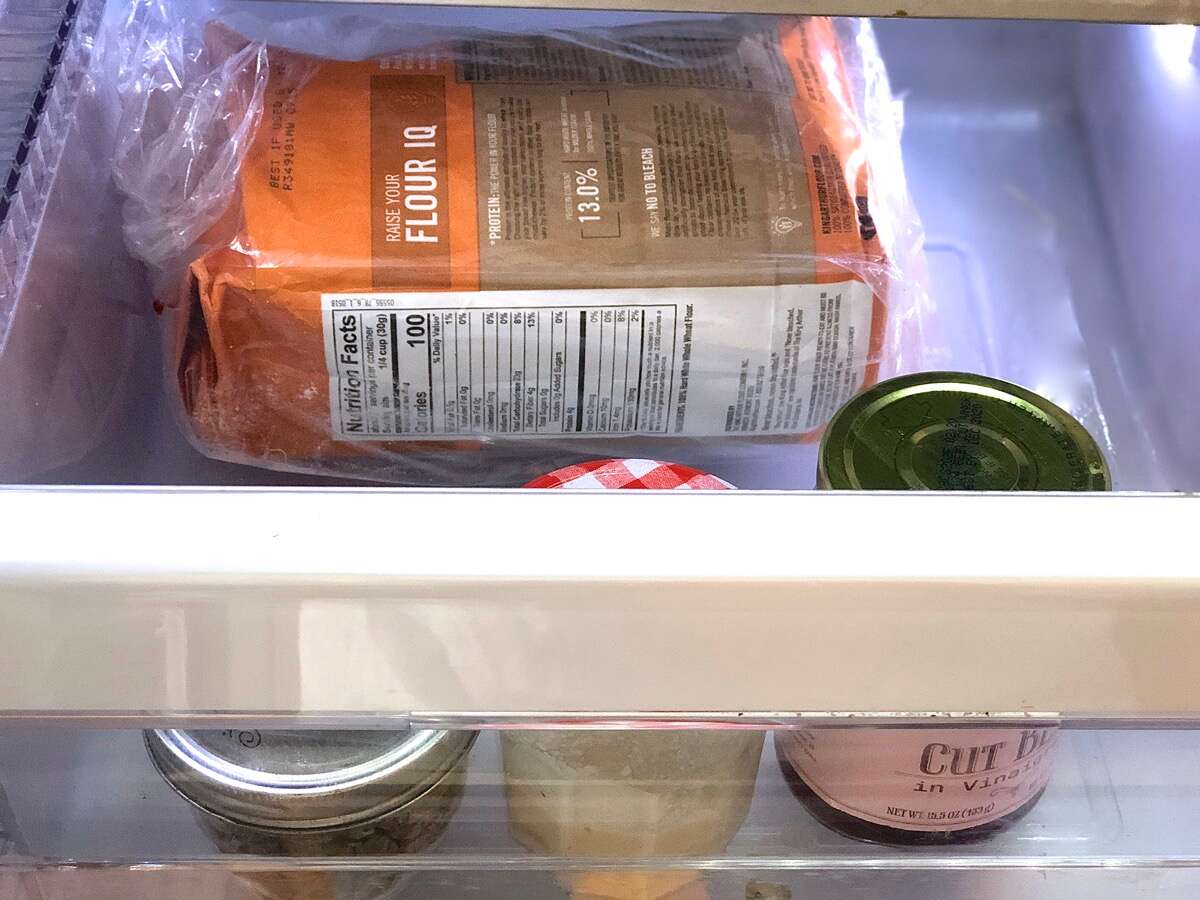
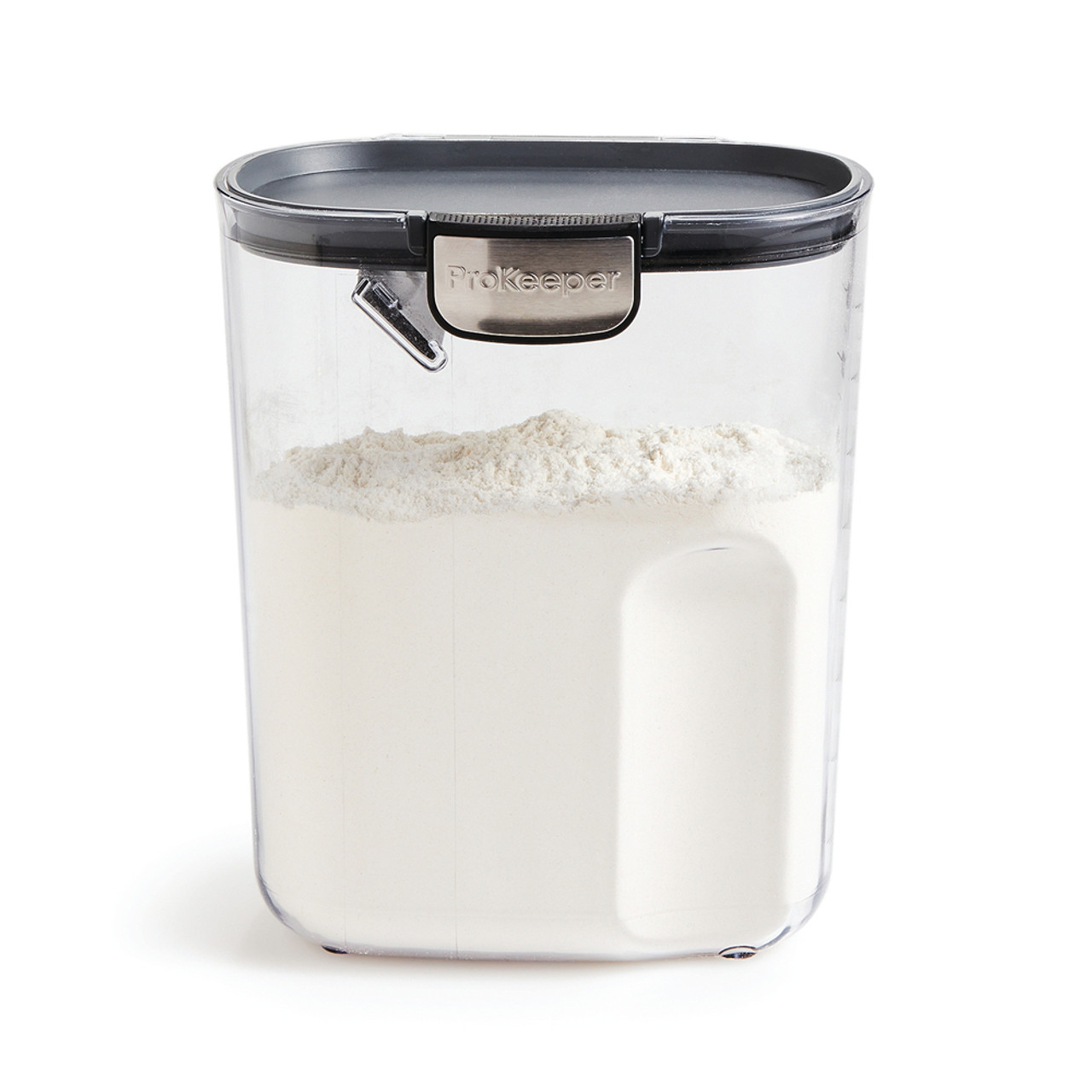
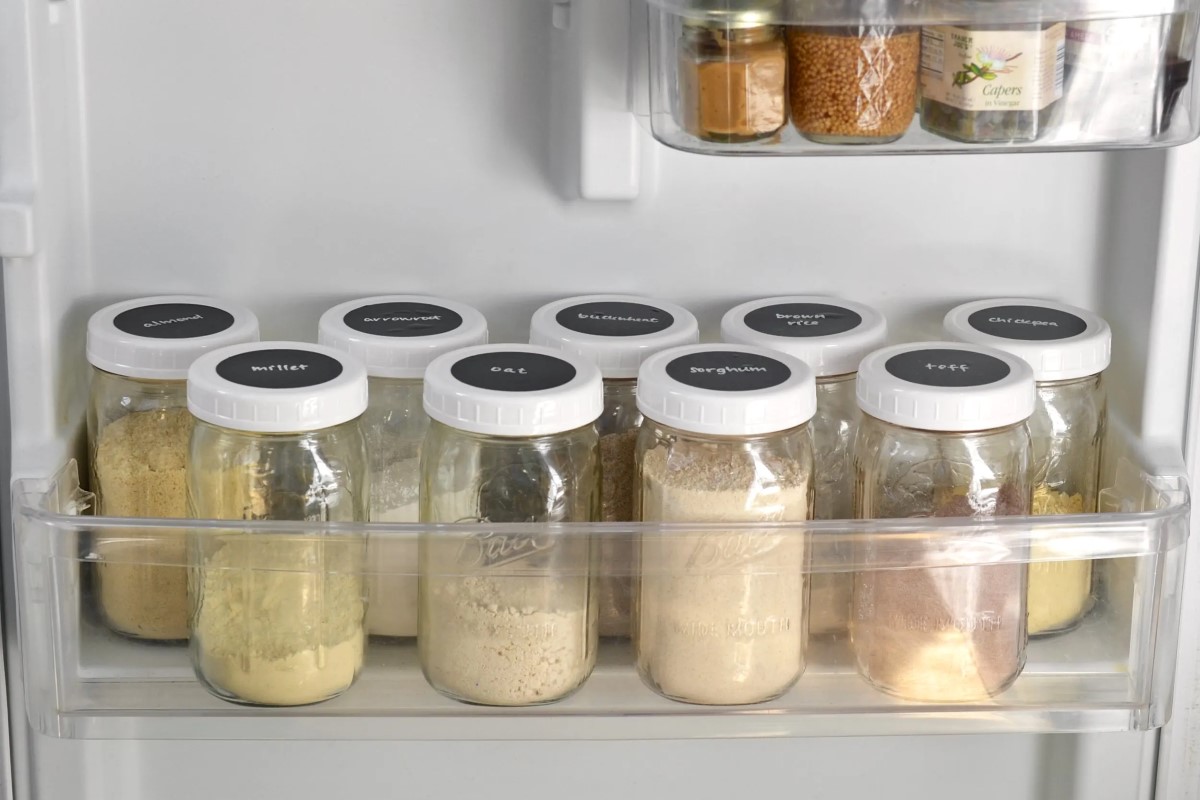
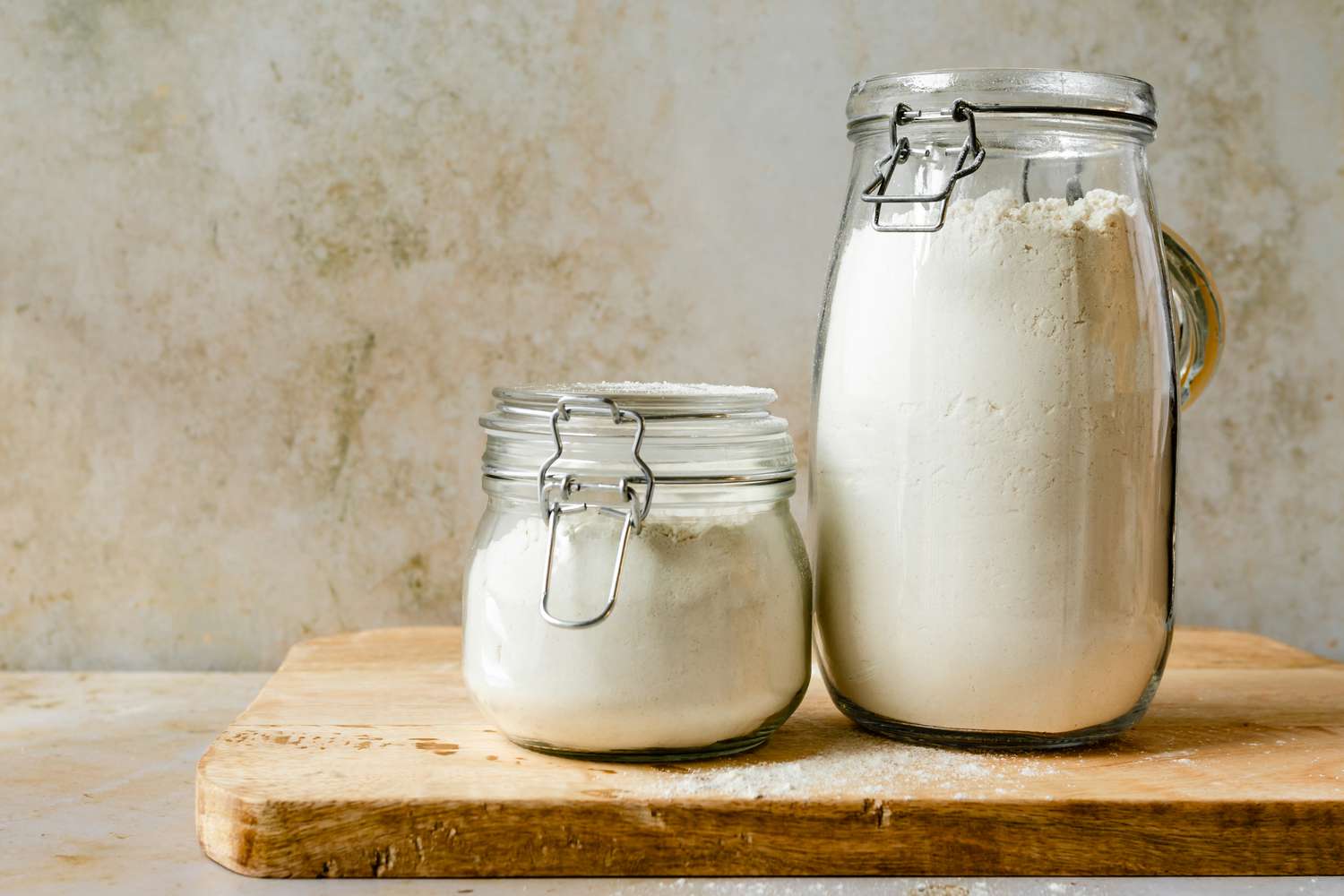
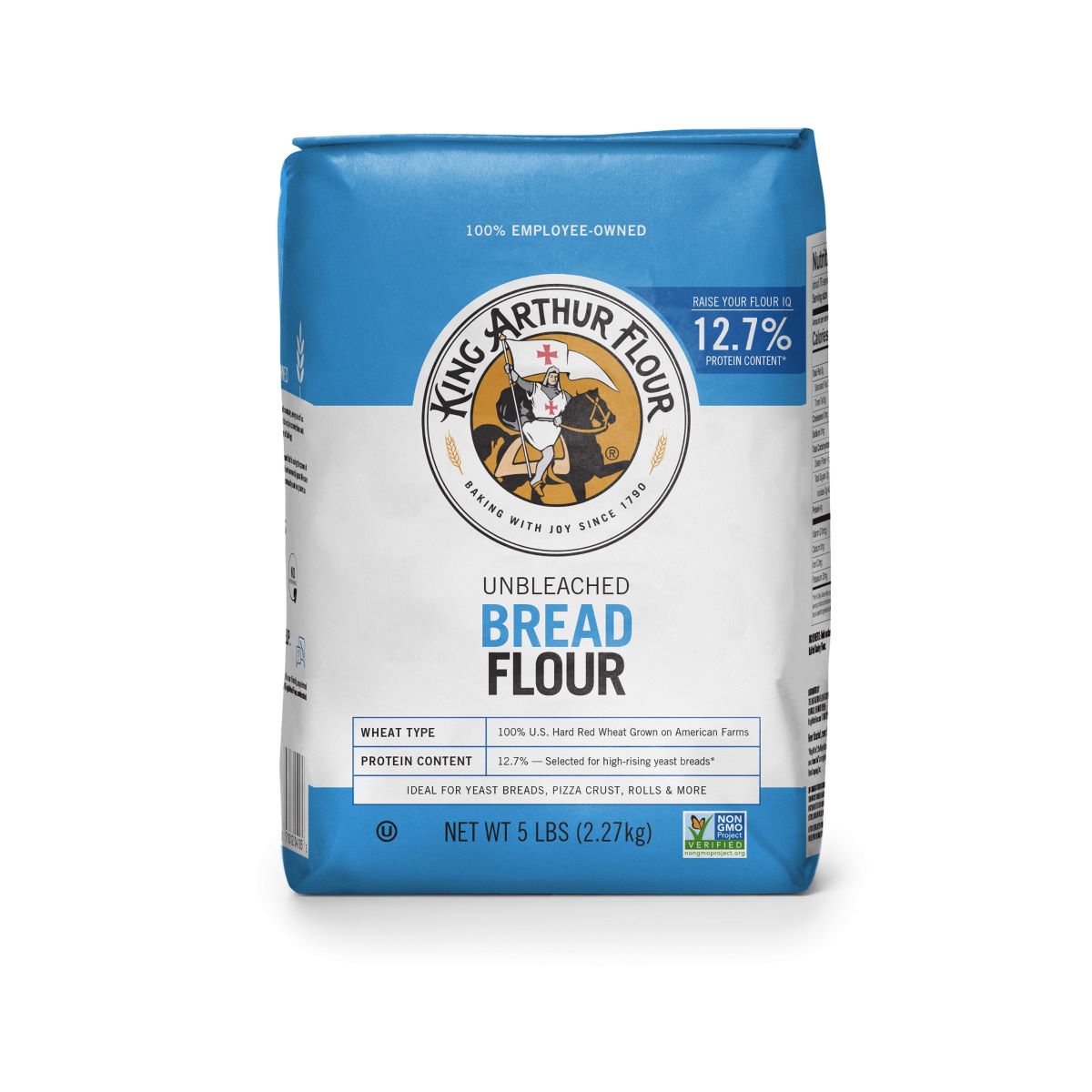
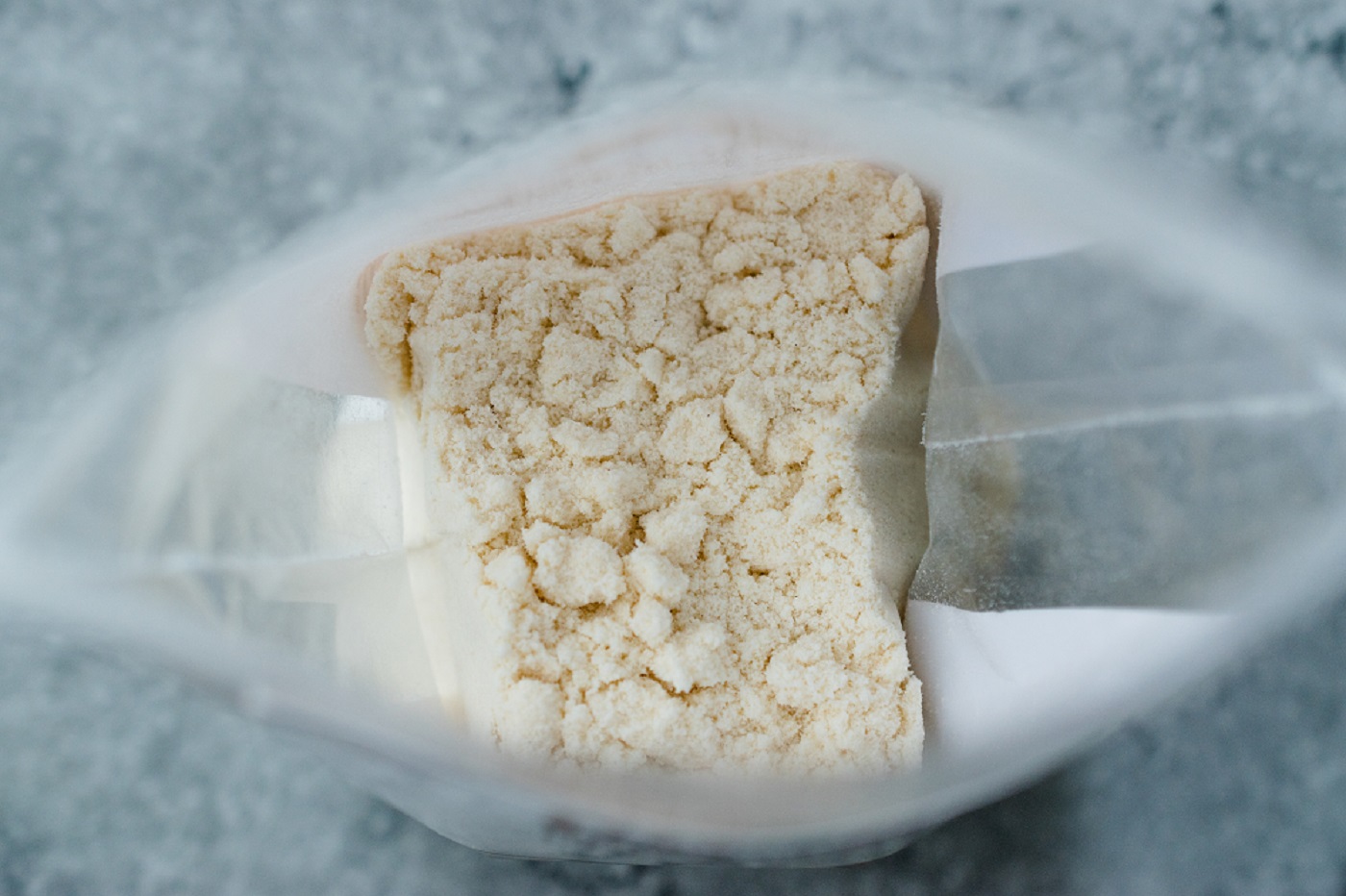
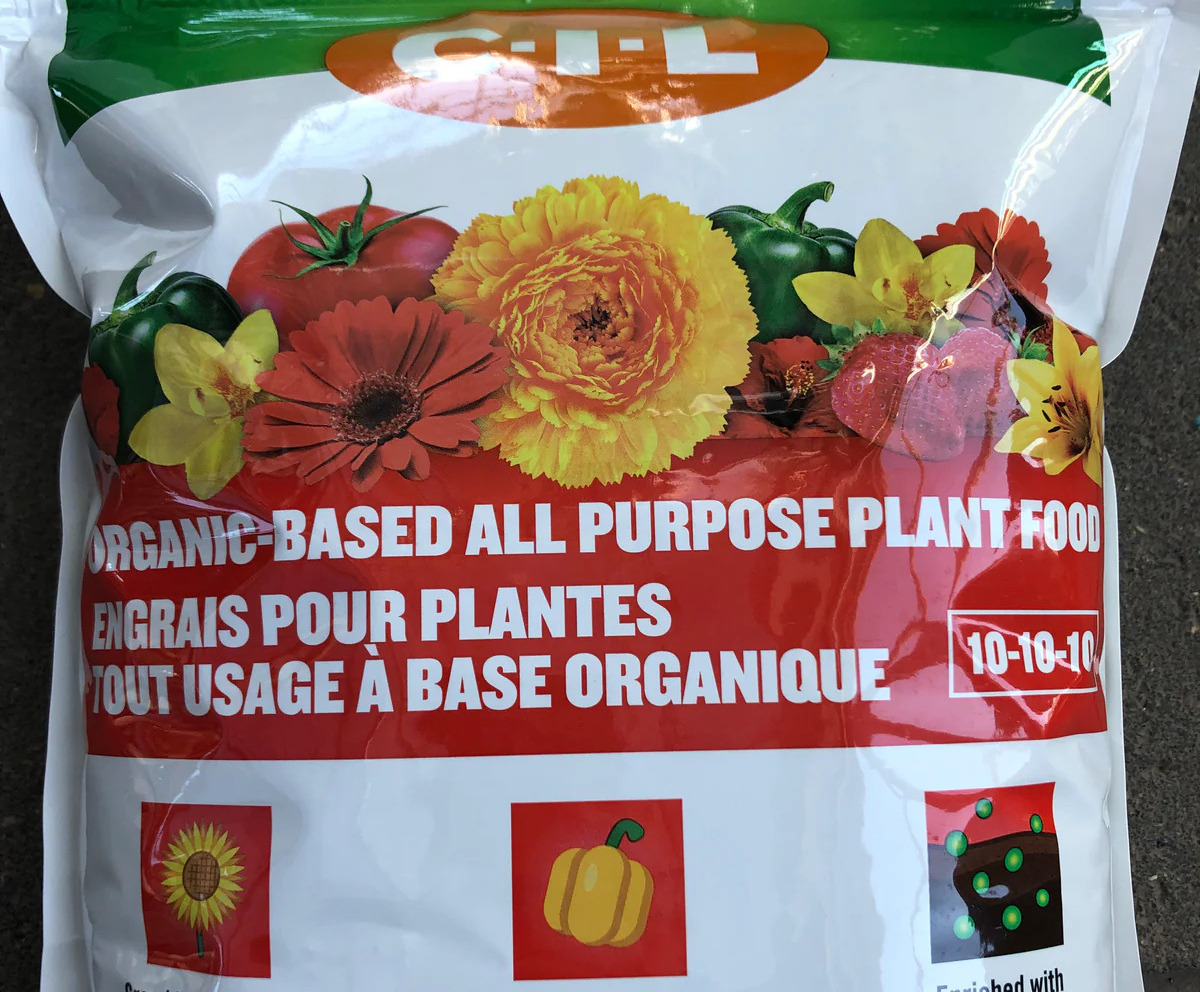
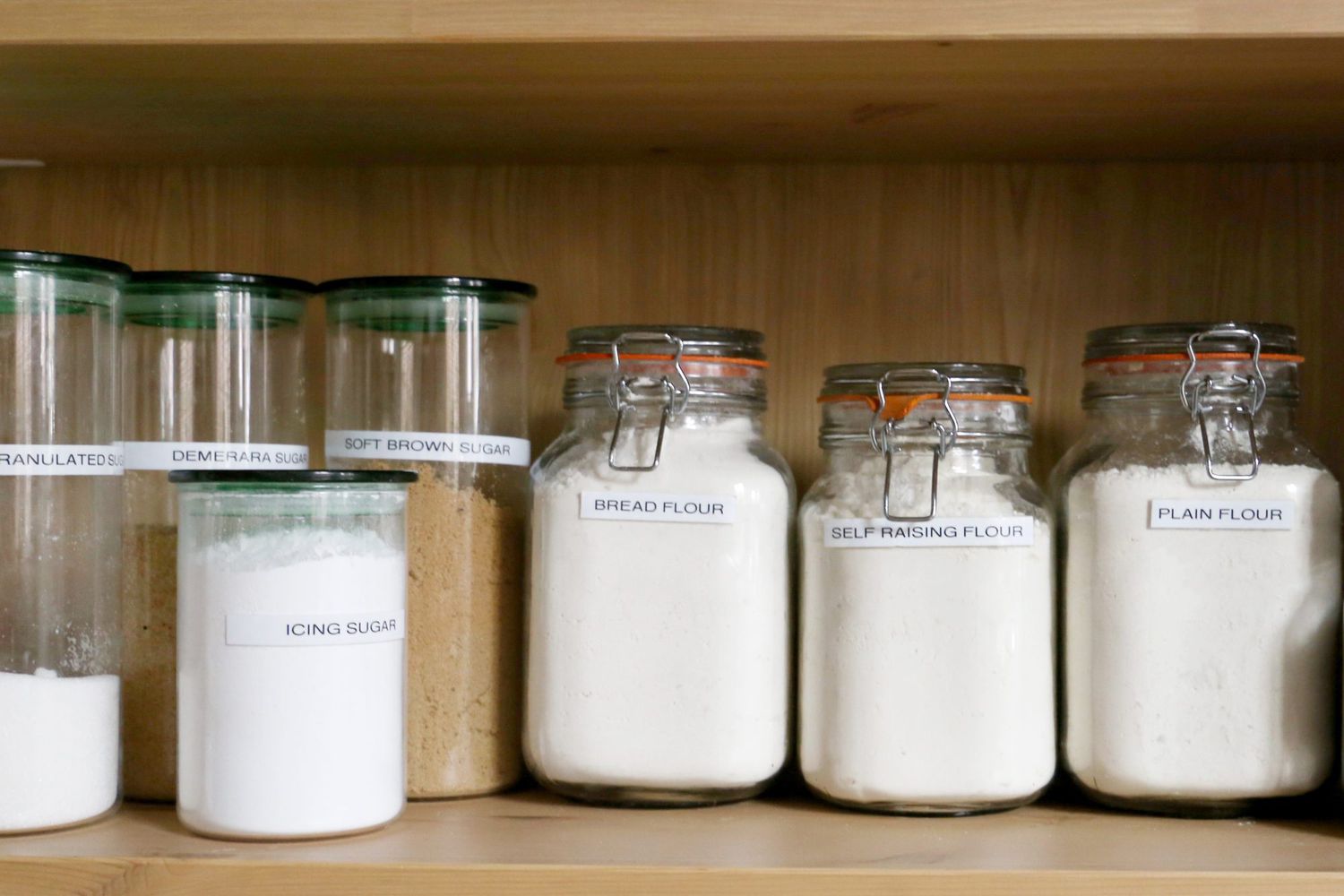
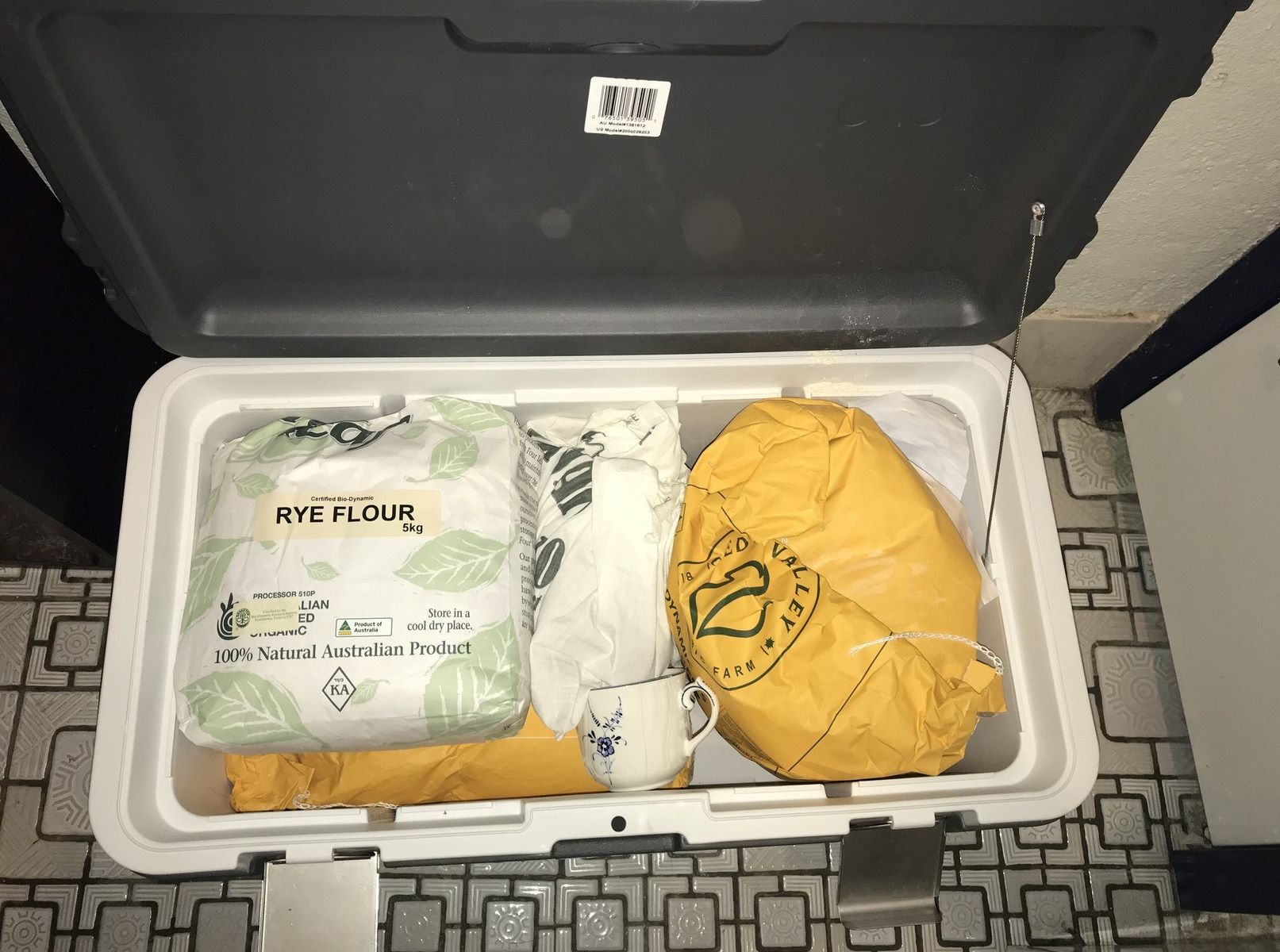
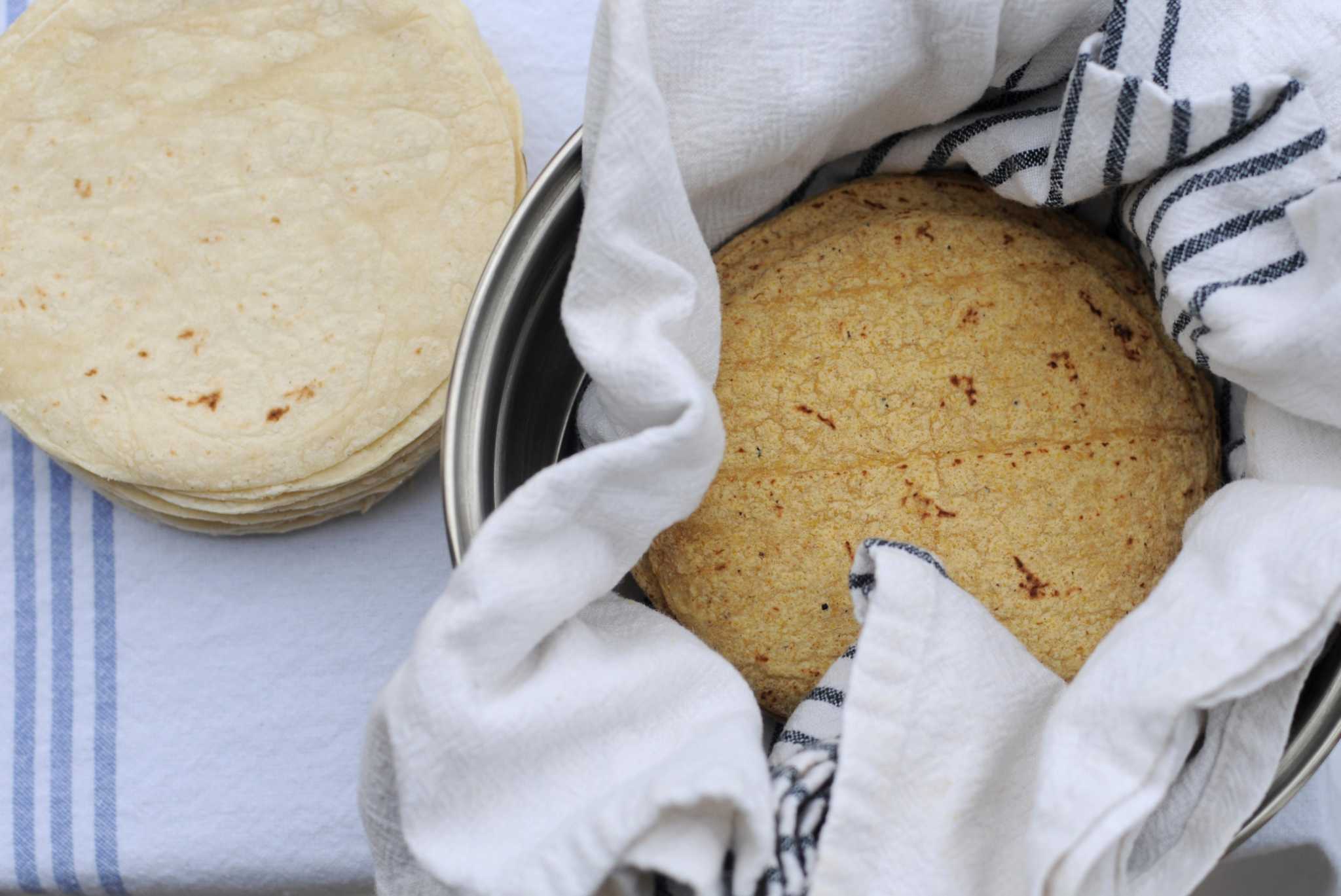
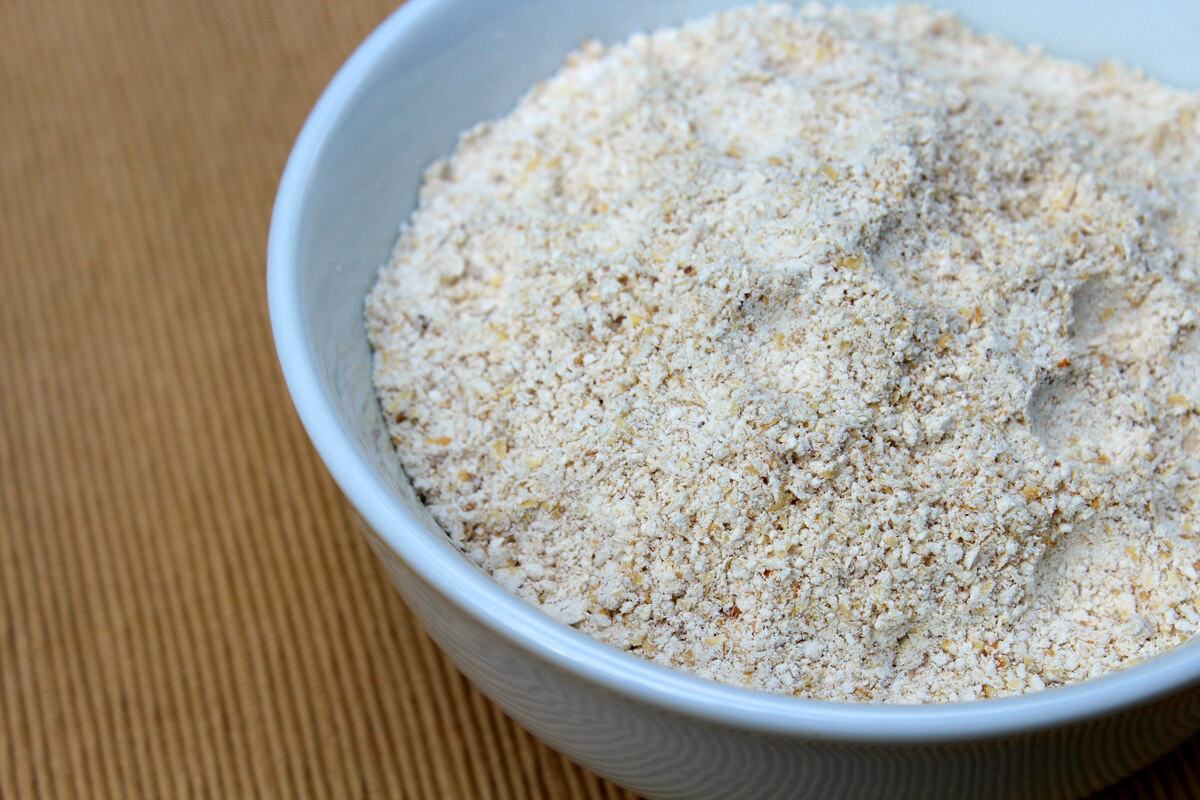
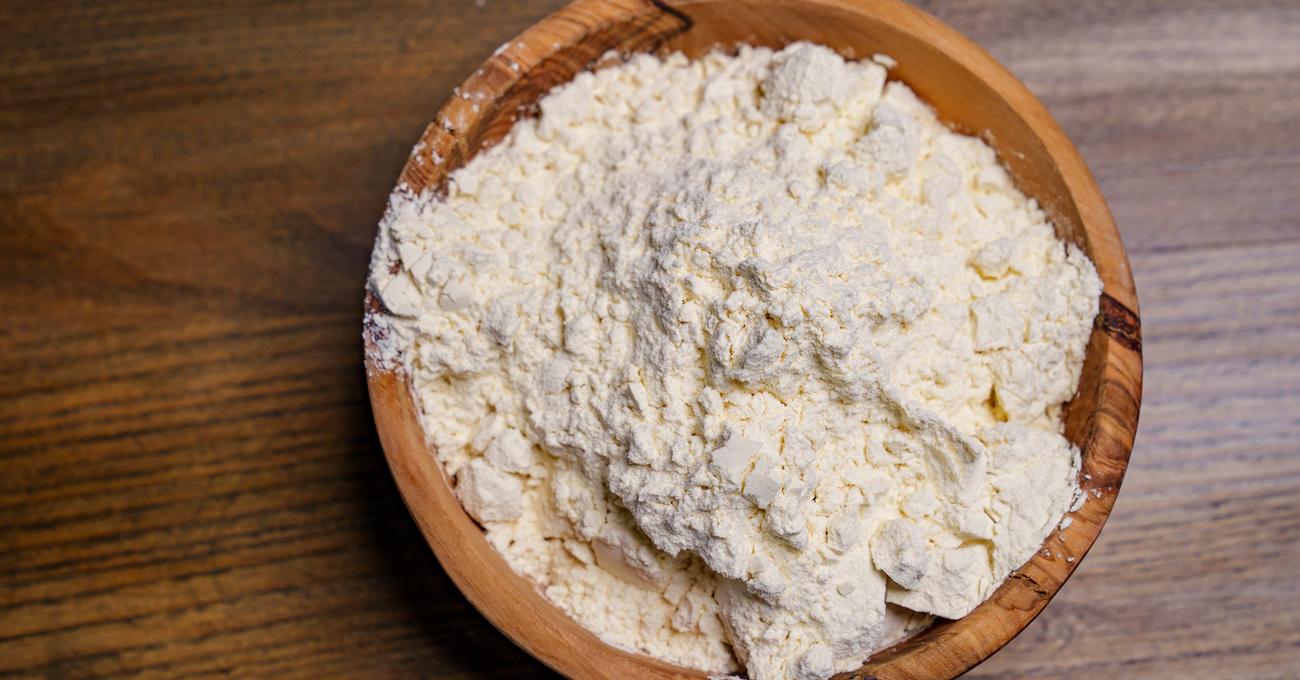

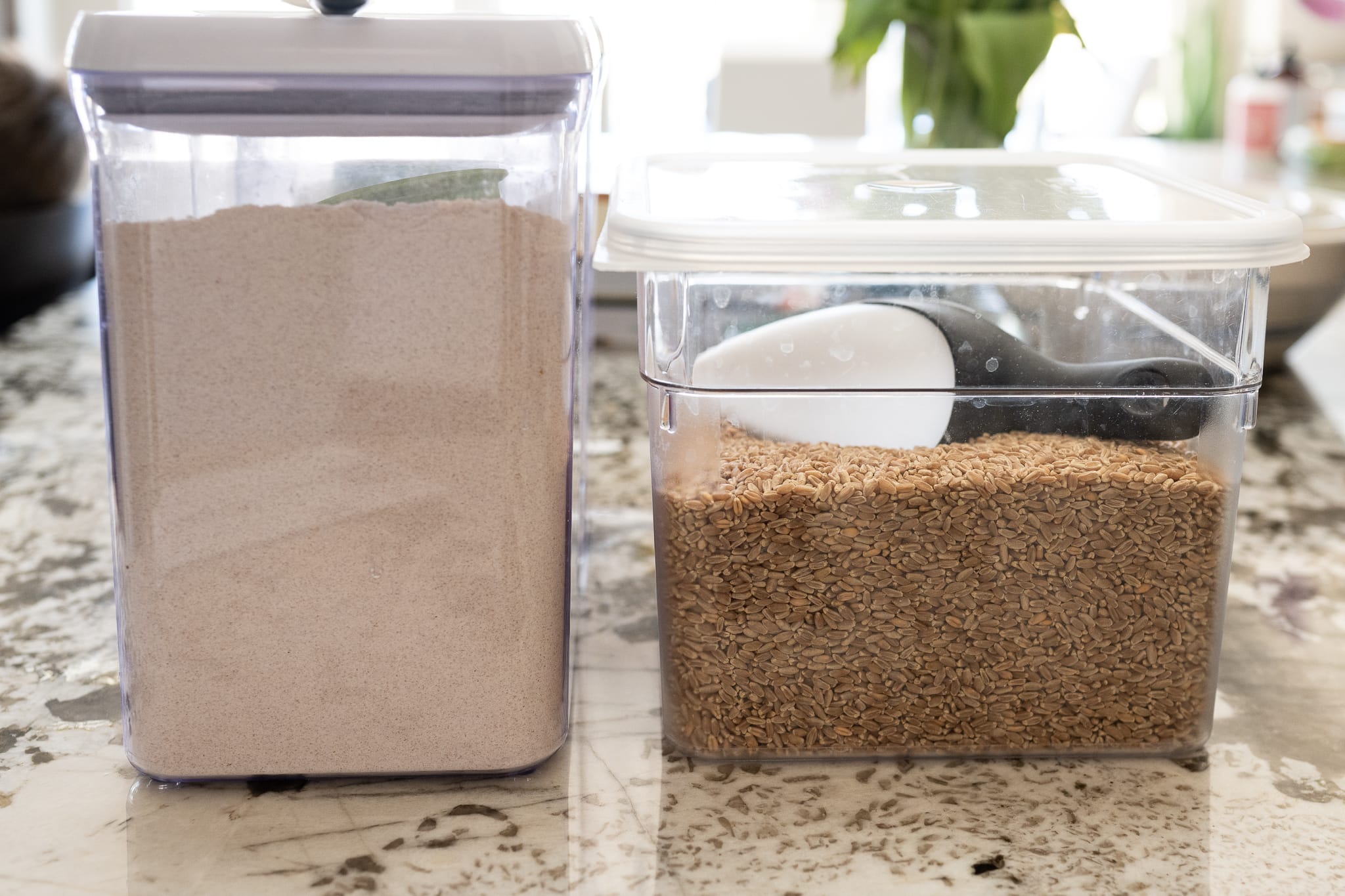

0 thoughts on “How To Store All-Purpose Flour”